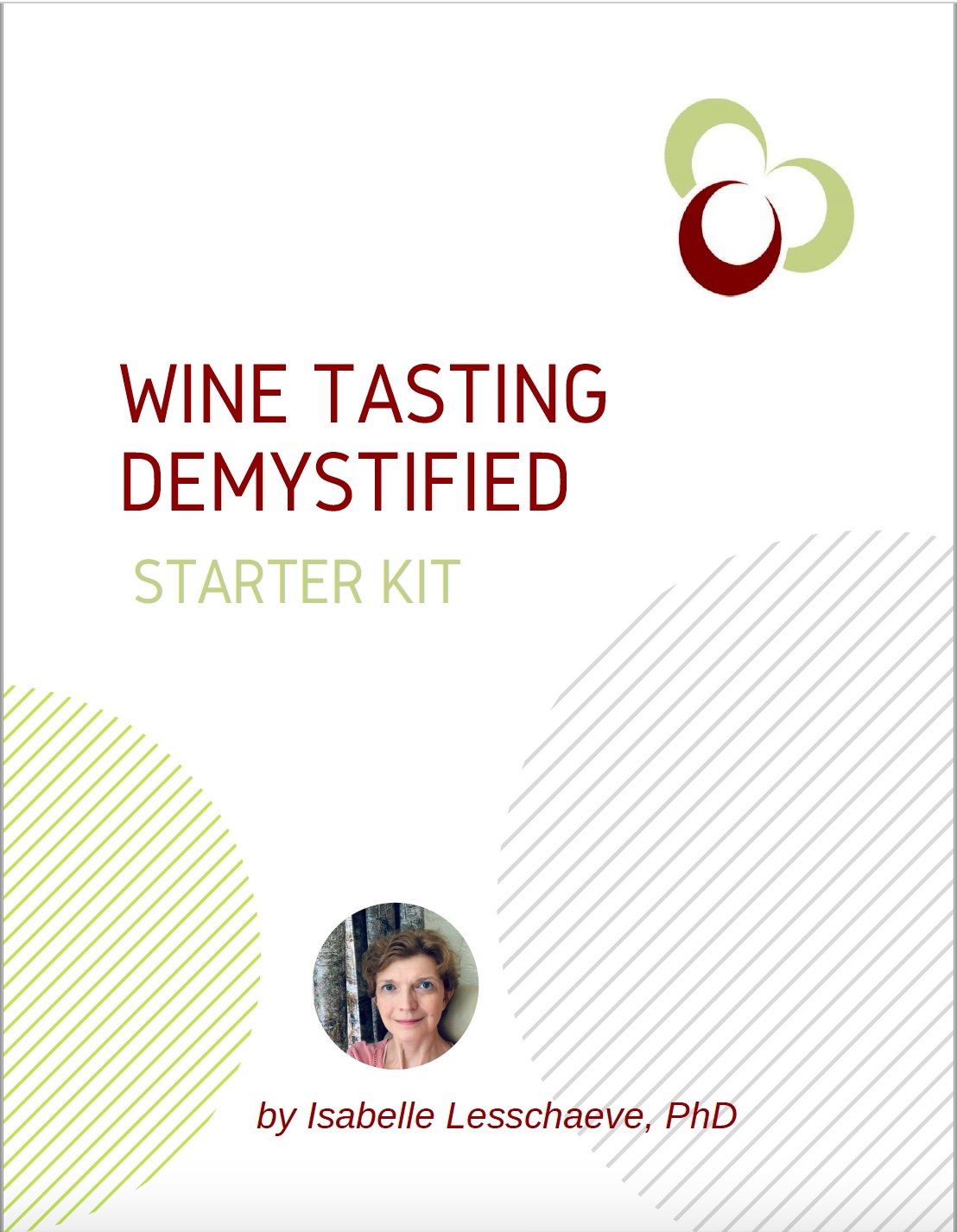Wine Tasting Terms:
Why is it so Hard to Find the Right Words to Describe Wine?

How would you
describe this wine?
Having words on the top the tongue and not being able to get them out in a meaningful way, yes, it happens to many people, and it's normal.
Let me tell you why it is so difficult to describe what you perceive and how easy it is to practice to improve your wine vocabulary.
Why do we lack wine tasting terms?
We use our five senses to evaluate sensory perceptions when tasting wine. While we have a rich wine vocabulary to describe color and its appearance, it is more difficult to find wine tasting terms for the perceptions through the other four senses.
The sensory experience when tasting a wine is quite unique, compared to other beverages.
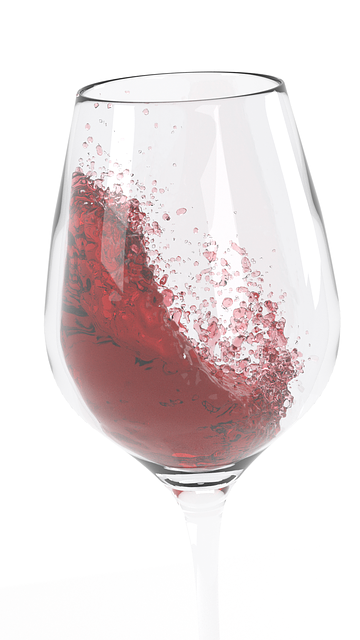
You smell the glass, and the first sniff reveals the lightest aromas. You swirl the glass, and the heavier aromas reach your odor detectors, as known as olfactory receptors. As the wine gets warmer and swirled, you notice more and more aromas making the sensory experience rich and complex at the same time.
Of course you want to share this wonderful experience with others by articulating what is happening, what you are experiencing. That’s when you get stuck with only vague and undefined terms such as “It’s fruity, crisp, and fresh.”
Yes, you try hard to be more precise and find the right words, but they are glued at the tip of your tongue.
Aroma perceptions are tricky.
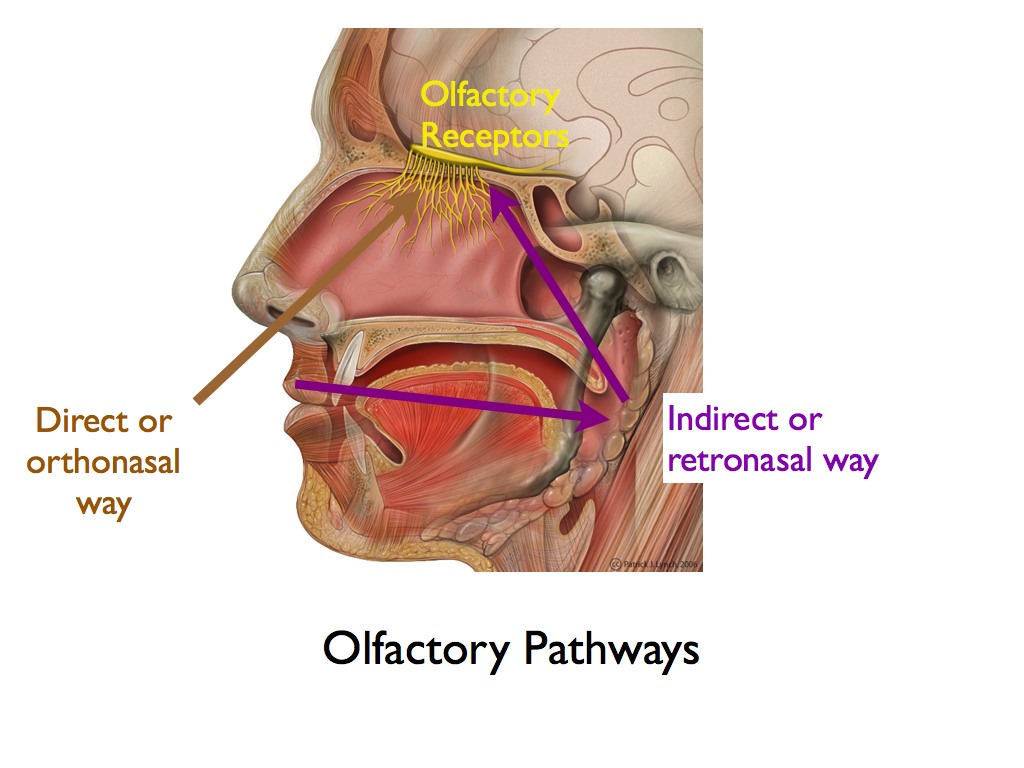
This is very frustrating, isn’t it?
However, it is very normal, especially for olfactory perceptions, i.e. odors perceived directly through the nose or indirectly via the retronasal passage once the wine is in mouth. See the illustration of the two pathways.
Drs. Harry Lawless and Trygg Engen, two US researchers, used the expression “the tip of the nose” to describe the fact that although people are familiar with an odor, they are not able to name it.
Why is it so difficult to articulate specific wine tasting terms?
Nobody taught us.

As kids, you are taught to recognize different animals, flowers, shapes, colors, but rarely do we teach kids a specific vocabulary to describe aromas, tastes, and other sensations when they eat or drink.
These sensations can’t be seen with the eyes; we learn to name aromas or tastes by their sources: it smells like a rose, like a wood barrel, like chocolate cake. etc.
We are afraid to be wrong.
If you have participated in wine tastings, you may have felt overwhelmed by the wine tasting terms the other participants used and maybe you were intimidated by the fact that you didn’t get what they were talking about.
So your first reaction is to think you are wrong! No, you are not!
We can't smell or taste the same things as the other tasters.
First you need to know that there are no right or wrong answers when describing what you perceive in wine tasting.
There are several reasons why you didn’t perceive the same wine attributes or that you used different wine tasting terms:
1. You may not be as sensitive as they are to these sensations. You may need to smell a higher dose of these aromas to be able to detect them or recognize them. Scientists would say you have higher detection thresholds.
[ I myself am very sensitive to the “cork taint” in wine due to a molecule called TCA
(2,4,6-trichloroanisol), but cannot smell very well the "violet aroma" due to a compound called
ß-ionone.]
2. You perceived the same sensation but called it differently (e.g. one said strawberry, one said blueberry); this is often the case and this can be fixed with individual practice and group training.
3. You didn’t perceive the same sensations because your ways of tasting were different; one may have swirled the glass five times, and the other just once. One may have expectorated the sample, and one may have swallowed it. It is important to keep tasting protocols consistent and uniform to avoid these discordant descriptions.
BUT you can become more specific so that others can understand what you experience.
Ask yourself the following questions:
- If you say fruity, what type of fruits did you smell?
- What type of fruits come to mind when you smell the wine: Is it a yellow fruit, dark fruit, fresh, cooked, candied?
In other words, try to take a step by step approach to define what is the sensation you perceive.
How can you develop a more specific wine vocabulary?
Practice, Practice, Practice.
Let your forgotten senses of smell and taste become your primary senses.
Start by opening your pantry and smell all the products you find there: smell, take notes and memorize. Taste, take notes, and memorize. REPEAT!
Ask one of your friends or family members to take all the spice bottles you have in your kitchen, to wrap them in aluminum foil so you can’t see the label. Now open each of them and try to name the aroma for each spice bottle. Hmm...you know them because you cook with them, and their names are on the tip of your nose. If you can’t find the right word, unwrap the foil, and memorize the name of the spice and the aroma/taste you experienced.
At the grocery store, select your produce by smelling, whenever possible. You will look weird…but that’s okay. You are a taster in training.
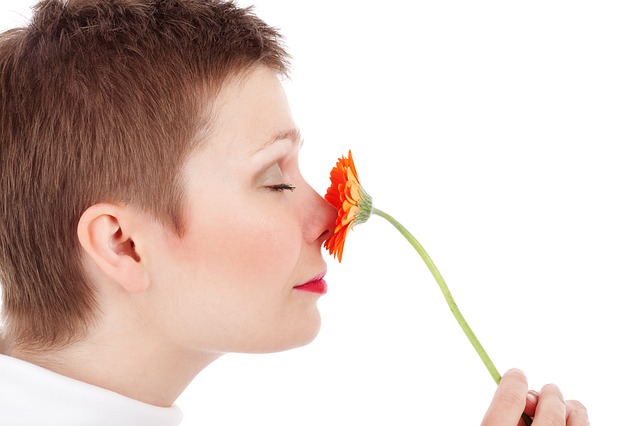
Be curious!
Get some tools to help you.
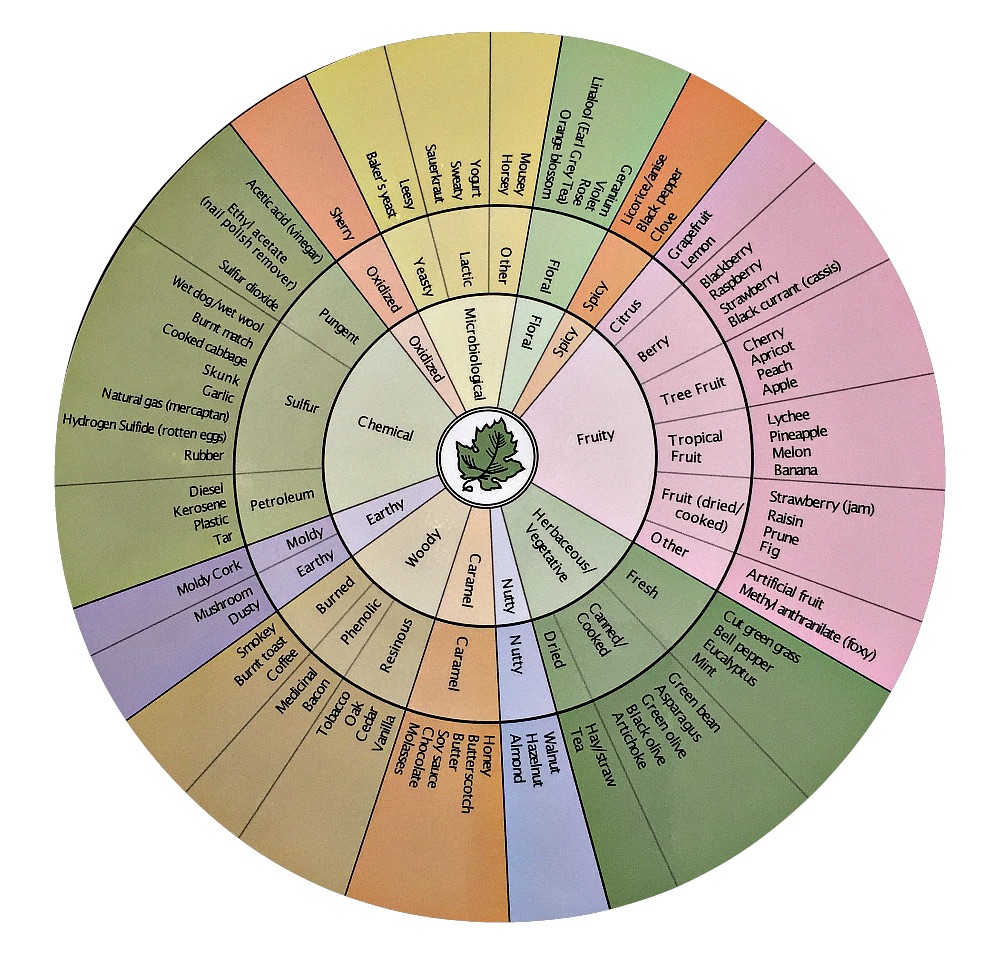
- The Wine Aroma Wheel developed by Dr Ann C. Noble at UC Davis to help wine tasters categorize the aromas they perceive into three categories: the generic category (Floral, Fruity, etc...), the more specific category (Fruity: Citrus, Berry, etc.), and finally the precise terms. Learn More.
READ MORE on the Wine Aroma Wheel and where to get it.

- Aroma kits are commercially available and propose flavor compositions to describe specific wine tasting terms. The first commercialized and best known kit, “Le Nez du Vin ®”, was developed in 1981 by Jean Lenoir, a French enologist, to assist wine professionals in developing a consistent wine terminology. Learn More.
Why is it important to develop your wine vocabulary?
Wine tastings usually have the objective to characterize wines so the taster can relate its sensory perception with the wine making practices, the know how of the winemaker, the region of origin, or simply the grape varietal.
The Wine Aroma Dictionary provides additional information on how some aromas relate to grape varietal or winemaking practices.
Using wine tasting terms to describe what you get in a wine is part of the wine tasting experience and an easy way to remember it.
So how can you become more specific so that others can relate to your description?
Smell, take notes and memorize;
Taste, take notes, and memorize;
Practice-Practice-Practice
First published: February 2013
Updated: November 2019
Home > Find the Right Words

